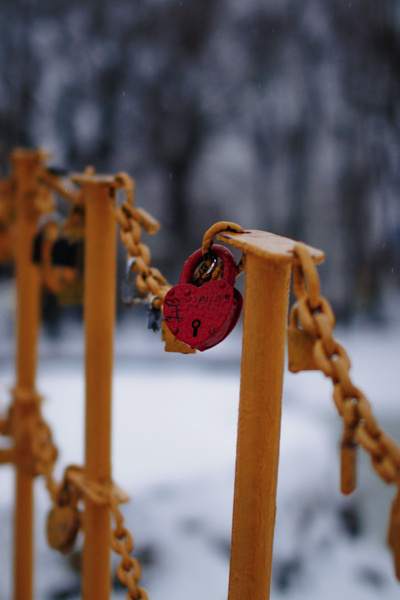
Fence posts are essential components of any fencing system, providing stability and support. However, they are vulnerable to decay, which can compromise their structural integrity and reduce the lifespan of the fence. Preventing decay in fence posts is crucial to ensure their longevity and maintain the overall functionality and aesthetics of the fence. In this article, we will discuss effective strategies and preventive measures to keep fence posts free from decay and extend their lifespan.
- Choose the Right Type of Wood. Selecting the appropriate type of wood for your fence posts is the first step in preventing decay. Some wood species are naturally more resistant to rot and decay than others. Cedar, redwood, and pressure-treated lumber are popular choices for fence posts due to their natural resistance to decay-causing organisms. Avoid using softwoods or untreated wood that is susceptible to rot and insect damage.
- Proper Installation and Ground Preparation. Proper installation techniques and ground preparation play a vital role in preventing decay in fence posts. Start by digging the post holes to the appropriate depth, ensuring they are below the frost line. This prevents the posts from shifting due to ground movement. Use gravel or crushed stone as a base in the post hole to promote drainage and prevent water accumulation. Ensure that the post is securely set in the hole, using concrete or tamping the soil tightly around the post.
- Apply a Protective Coating. Applying a protective coating to the portion of the fence post that is in contact with the ground can significantly reduce the risk of decay. Use a high-quality wood preservative or a waterproofing sealant to create a barrier against moisture, insects, and fungi. Ensure that the coating is applied to all sides of the post, including the end grain, as this is the most vulnerable area. Reapply the protective coating periodically to maintain its effectiveness.
- Maintain Proper Drainage. Proper drainage is essential to prevent moisture buildup around the fence posts, as excess moisture can lead to decay. Ensure that the ground around the fence posts slopes away from the base to allow water to drain away. Avoid using excessive amounts of soil or mulch around the base of the posts, as this can trap moisture. Regularly inspect the area around the posts and remove any debris or vegetation that can impede drainage.
- Provide Adequate Air Circulation. Good air circulation is crucial to prevent moisture buildup and inhibit the growth of decay-causing organisms. Avoid placing fence panels or other structures too close to the fence posts, as this can restrict airflow. Trim vegetation around the fence line to promote air circulation and reduce the risk of moisture retention. Additionally, avoid stacking items against the fence that can obstruct airflow and promote moisture buildup.
- Regular Inspections and Maintenance. Performing regular inspections and maintenance is essential to catch and address any signs of decay in fence posts at an early stage. Inspect the posts annually for any visible signs of rot, such as soft or discolored wood. Pay attention to areas where the post meets the ground, as this is the most vulnerable spot. Promptly repair or replace any decayed or damaged posts to prevent further deterioration and maintain the structural integrity of the fence.
- Avoid Soil-to-Wood Contact. Direct contact between soil and wood accelerates decay. To prevent decay in fence posts, avoid burying the wood directly in the soil. Use post anchors or metal post shoes to elevate the post above the ground level. These metal components act as a buffer between the wood and the soil, reducing the risk of moisture absorption and decay. Ensure that the post anchors or shoes are made from corrosion-resistant materials.
Preventing decay in fence posts requires proactive measures, from selecting the right wood to proper installation techniques and ongoing maintenance. By implementing these preventive strategies, such as choosing decay-resistant wood, applying protective coatings, ensuring proper drainage and airflow, and conducting regular inspections, you can significantly extend the lifespan of your fence posts. A well-maintained fence not only enhances the appearance of your property but also provides long-lasting functionality and security.
